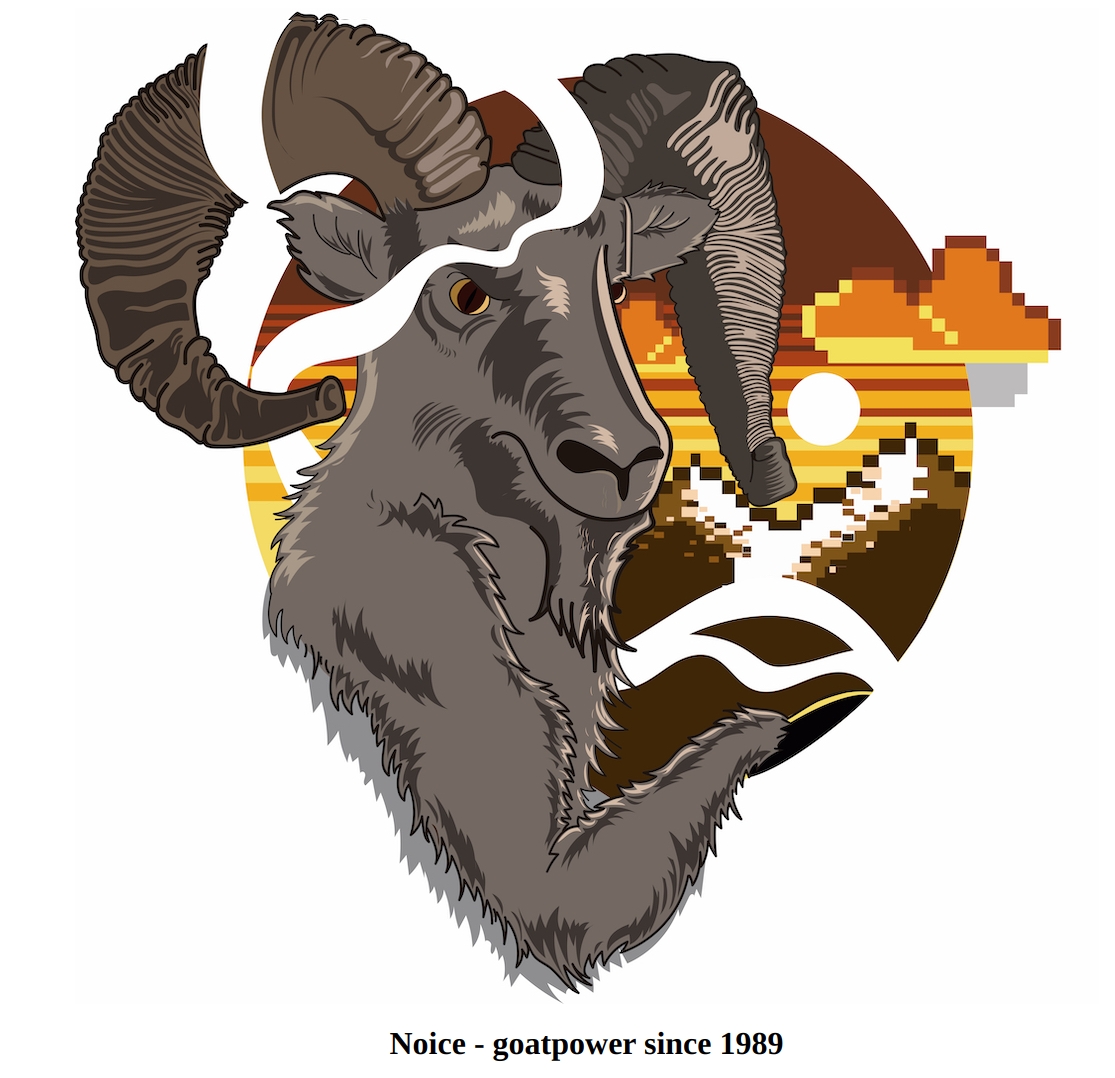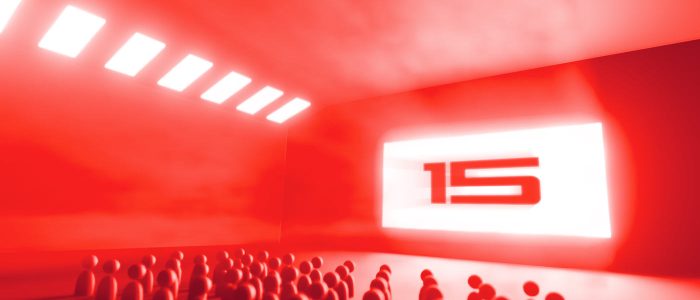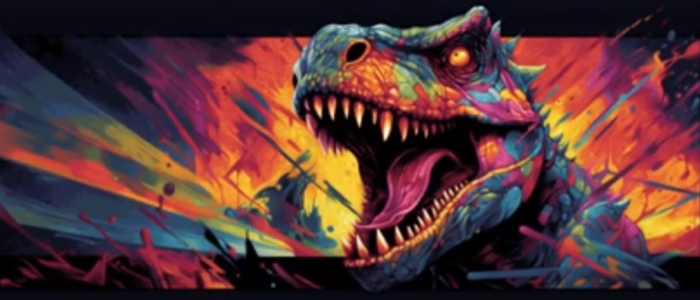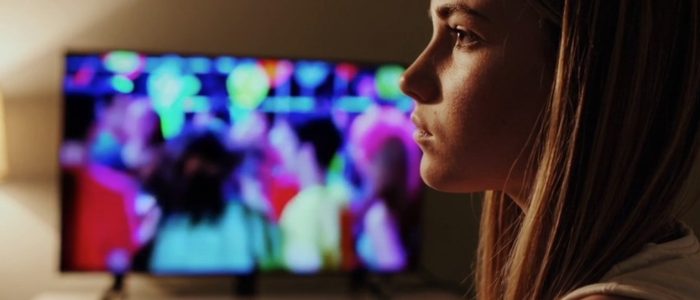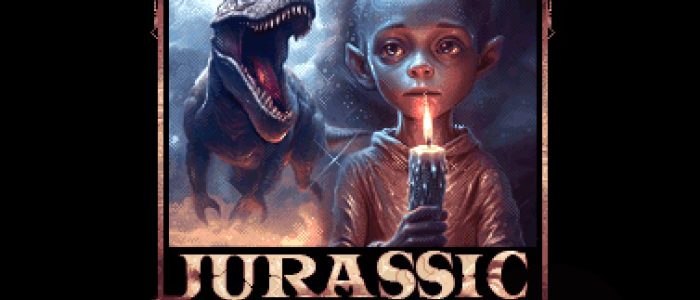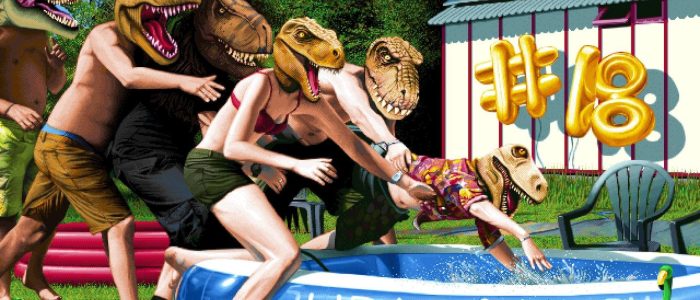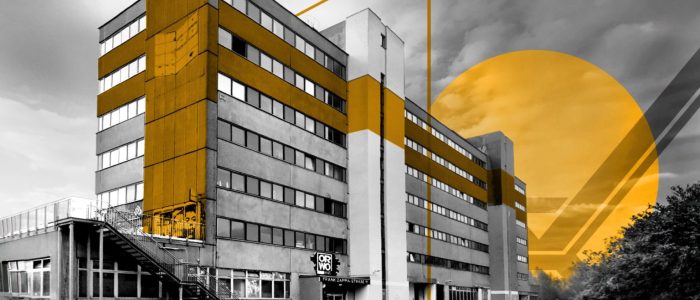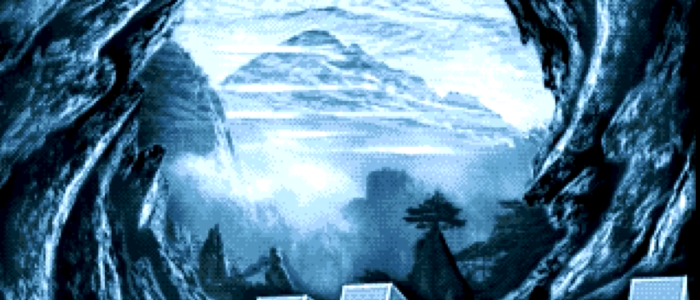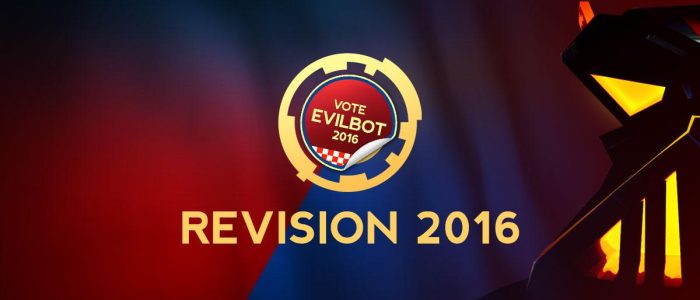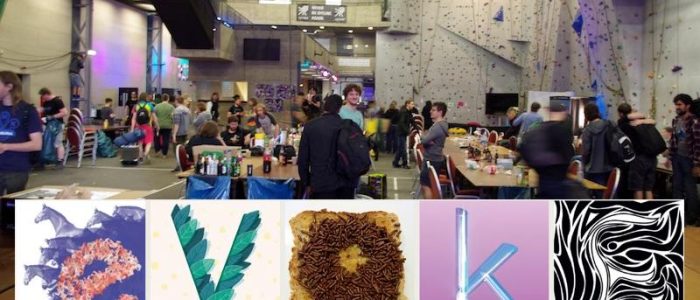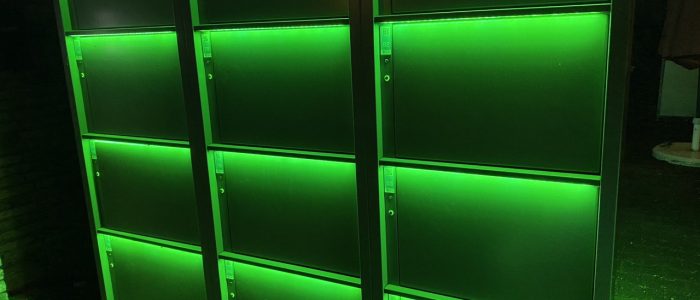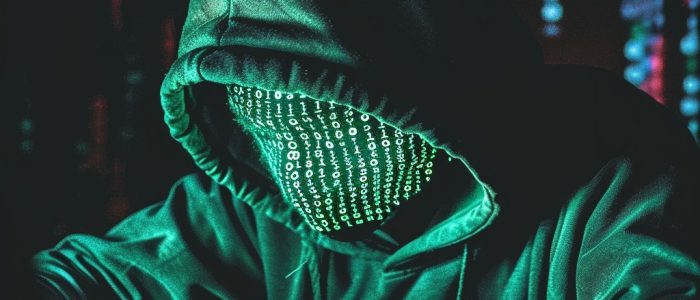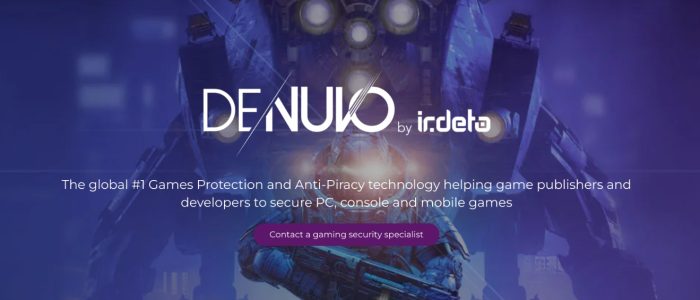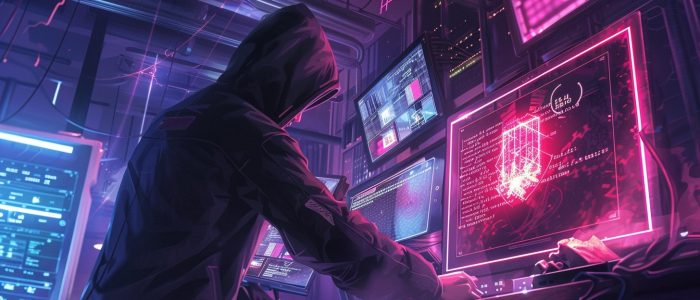At Revision 2021 the demo Last Goat Standing from Noice ranked 3rd place. We spoke with Gnilk, one of the few members from outside of Sweden.
Interview with Gnilk of Noice, the master of the goats
by Lars „Ghandy“ Sobiraj
At Revision 2021 the demo „Last Goat Standing“ ranked third place. With their previous prod two years before they ended up at rank 7, which is not bad at all. In their demos Noice very often deals with goats. Of course we wanted to know why the heck they’re so much interested into these strange domestic animals. We got the chance to make a quick conver- sation with Gnilk, one of coders behind these two Amiga demos.
Hey Fredrik! For the start: Do you want to introduce yourself with a few key facts?
Name: Fredrik Kling, Age: 47. Nick: Gnilk. Job: Yes, these days in embedded software development. Living in Switzerland with my wife and two kids.
Does your job have anything to do with your hobby? Did your experiences in the demoscene help you with your job?
Except for working with constrained platforms my job doesn’t really have many touch-points with the demoscene.
Experience as such didn’t really help. But the fact that you do work on distributed projects for a specific deadline has been valuable later in life.
Noice is a collective of friends, not a typical demo group
I saw Noice is a multi plattform group, how comes? Why don’t you concentrate on one computer? If you would do so, which one would it be?
Noice, these days, is a collective of old people/friends each doing what they think is fun, and from time to time that happens to coincide with doing demos.
Can’t really speak for the others, but personally it would be fun to do something on the C64 again but seeing the skill involved these days I seriously doubt that will happen again.
Goat content rocks, not cats!
Honestly spoken, I always thought that cat content rocks, but you guys prefer goats. 14 productions since the late 80s deal with goats – the more or less. Is someone breeding them from your crew, or what’s the story behind? :-)
Hehe, cats are cool. Yes – goats are our thing. The story about the goat is quite long and requires are a more delicate touch in the write up. Let’s just say it involves quite an amount of booze and a bit of Donald Duck.
The official history (mainly focusing on the 1990 and early 2000) is available through the wayback machine: scenes.at/nzi38h
At the moment, the scene is increasingly focused on ECS/OCS productions. Your last demo on Amiga „Dark Goat rises“ was released on AGA, what do you think about this back to the roots development?
It is really funny to see people bringing out the machines of their youth again. For me at least it was possible because the kids are now somewhat more self sustained therefore gave me a bit of time to fiddle with old machines.
Last demo on Amiga was „Last Goat Standing“ – Revision 2021 (Dark Goat Rises was 2019).
Gnilk was fascinated by cracktros
And how did it happen you started to code? Are you also active on other computer platforms?
I was marveled by the cool crack-intros. Wanted to be able to make something like it myself. Found out that there is a very childish satisfaction to put a pixel on the screen and make it jump around.
Active – most of what I (we?) do is for different platforms than what we release for. Both our Amiga demos are foremost SW rasterized demos (in the classical sense) and they run perfectly fine on Windows, macOS and Linux. Does that make me active on them as well?
I personally grew tired of the HW acceleration area. Felt I lost that childish satisfaction of putting pixels on a screen. Basically when I got time for hobbies again (after marriage, kids getting born, etc..) I was looking for something involving software rendering.
And knowing very well I would not have the energy to learn all about custom chips and HW tricks I started experimenting with accelerated Amiga AGA stuff.
What are the tools you’re working with? Also with modern tools like the vscode-amiga-debug etc.?
When we started with Dark Goat Rises (Revision 2019) we really didn’t know much of modern Amiga development.
Dug up our old SW rasteriser from end of 1990 beginning of 2000. Wrote an AGA backend for it and started tinkering with various parts. The tools were quite basic, we used VBCC and VASM to compile. I looked at using Bebbo’s GCC port and others, but at the time support for macOS was a bit lacking and I couldn’t bother myself to fix it either.
We used FS-UAE to test compatibility and very LATE (like a couple of weeks before Revision)
Krikkit managed to buy an Amiga 1200 with 060 card.
I’ve done a decent write up at here: scenes.at/x-p38h and here: scenes.at/7kx38h
We recruited some other old farts in our quest.
What’s been your part at that demo? What have you done? How did it come true?
How it came about… One rainy night in Sweden I told Krikkit what I had been playing with and asked him if he wanted to join the adventure of making a demo for the Amiga again.
And he did. In the beginning we didn’t really have any hopes to recruit other old farts in our quest. So we thought about how we should present it. We ended up modelling it after our Assembly 2002 64k intro ‚Sketch‚.
We felt is was a target we could reach without depending too much on others. Once we had some kind of skeleton ready we talked to Evade and Flood about the music and graphics. And both were eager to join forces.
For Dark Goat Rises (Revision 2019) I was doing most of the systems programming and some of the effects. Krikkit did most of the more tricky things. I tend to get the role of „getting it done“ – nagging for graphics, fiddling with the music, sync, linking and so forth.
For Last Goat Standing (Revison 2021) I did more or less all coding. Which is true if you look at what ended up in the demo. When Last Goat Standing started out we had something else in mind and quite a bit of base-line code was written to support the idea. However, due to reasons, we had to drop the idea.
For the actual demo, Evade did the music while Java and Prowler did graphics. We were really lucky that Java joined the project when it was quite late in development. He really made a difference.
I was really happy with the result and the flow of the demo. The design is a bit old-skool because most of the design inspiration was taken from newer C64 demos.
What has been your last real demo party you did travel to? Maybe Revision 2019?
Yes, indeed. Revision 2019 was the last party.
Do you guys plan to visit Gerp party this year, which has been delayed to April, in case it takes place?
Personally no, but I don’t know about the others. I was there once many years ago and it was a great atmosphere.
How are your experiences with online events? Did you have a try chatting at discord and wathing the live streams? Can they replace the real happening?
The streams were really well produced and the whole production (web-site, coordination, compos, etc.) looks to an outsider as well organised.
For me online events can’t replace the real thing. But perhaps for a younger generation it will be the norm.
„My days of contributing are over“
I have the same problem with online events. Btw. what will you do in 10 years? Will you still be interested into the demoscene?
Most likely follow what happens. Checking out productions, etc… But I think my days of contributing are over. It is just too much work.
Greets!
Thanks a lot for your quick reply!
For further information, Fredrik aka Gnilk has done a quite lengthy backstory to the Dark Goat Rises demo, which is available here: scenes.at/gw438h.
For Last Goat Standing there is a smaller write up: scenes.at/x-p38h.
